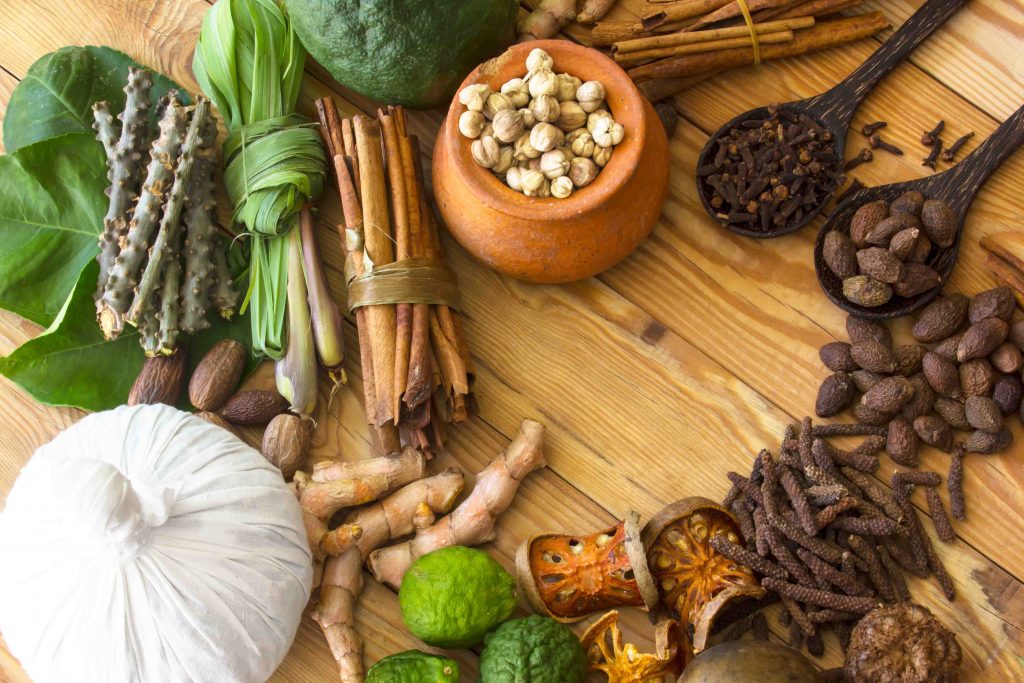
In Sri Lanka, Ayurveda isn’t a modern wellness trend – it’s a living tradition passed down through generations of practitioner families. While luxury hotels now offer “Ayurvedic spa experiences,” true Ayurveda is a comprehensive system of healing that requires time, dedication, and proper guidance.
What is Ayurveda?
Ayurveda, which translates to “the science of life,” is one of the world’s oldest holistic healing systems. Born in the Indian subcontinent over 5,000 years ago, it’s not simply about treating ailments but understanding the entire human system. In Sri Lanka, Ayurveda has evolved its own distinct character, incorporating indigenous healing traditions and local medicinal plants found nowhere else in the world.
The Three Doshas: Understanding Your Constitution
At the heart of Ayurveda lies the concept of three fundamental energies or doshas:
Vata (Air and Space): Governs movement, from breathing to blood flow to thoughts. When balanced, Vata people are creative, quick-minded, and flexible. When imbalanced, they tend toward anxiety, irregular habits, and digestive issues.
Pitta (Fire and Water): Controls digestion, metabolism, and energy production. Balanced Pitta individuals are intelligent, focused, and natural leaders. Imbalance can lead to inflammation, anger, and digestive problems.
Kapha (Earth and Water): Maintains structure, protection, and lubrication in the body. In balance, Kapha types are strong, stable, and compassionate. Imbalance can result in weight gain, lethargy, and respiratory issues.
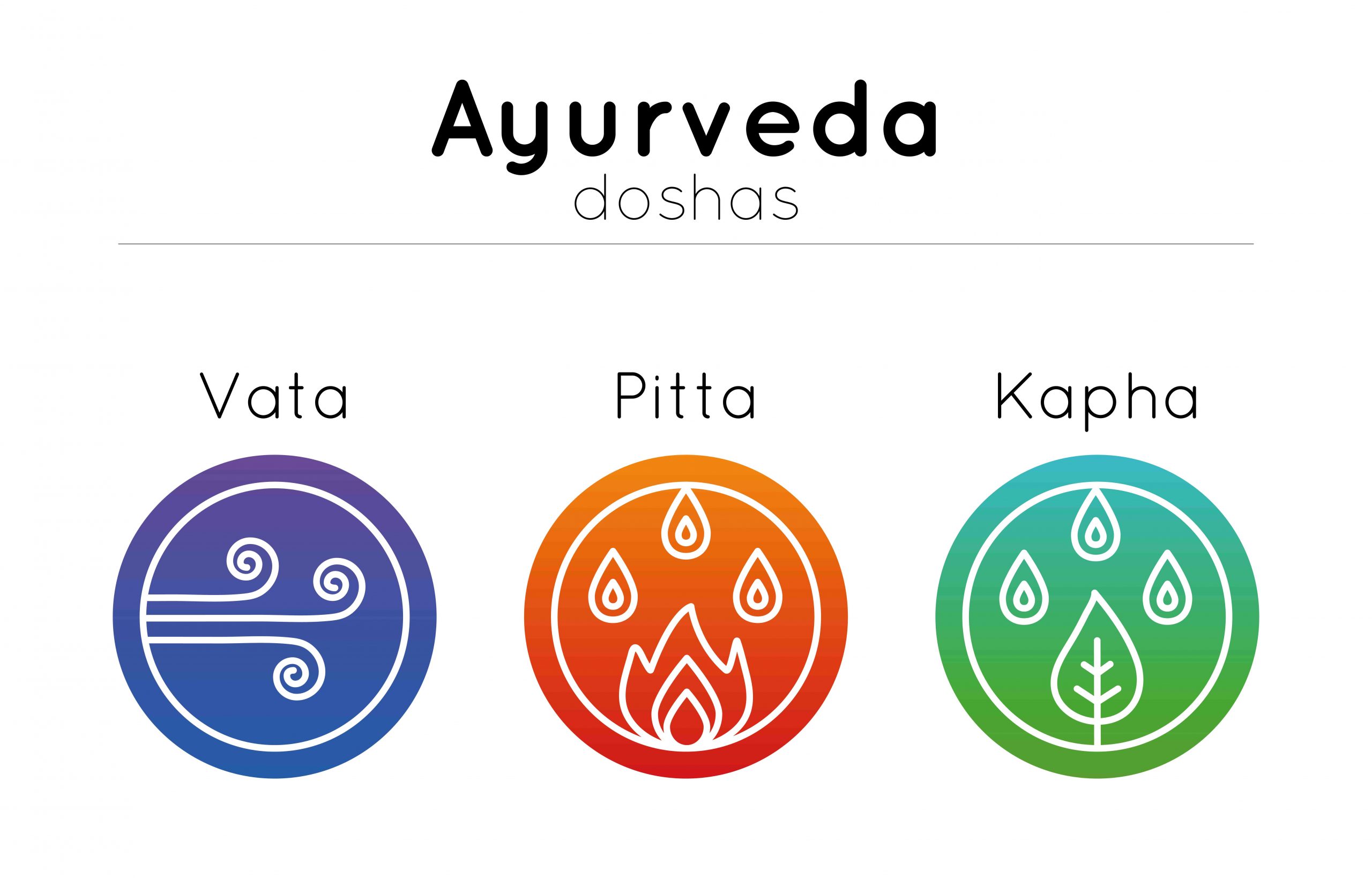
Beyond Body Types
Ayurveda teaches that every person has a unique combination of these doshas, with one or two typically predominant. But this isn’t just about body types – it’s about understanding how different energies influence your physical health, emotional well-being, and mental state.
The Path to Balance
Unlike Western medicine’s focus on treating symptoms, Ayurveda seeks to restore balance through:
- Dietary adjustments based on your constitution
- Herbal medicines prepared specifically for your condition
- Physical treatments like specialized massages and steam therapy
- Lifestyle modifications
- Meditation and yoga practices
- Seasonal cleanses and rejuvenation programs
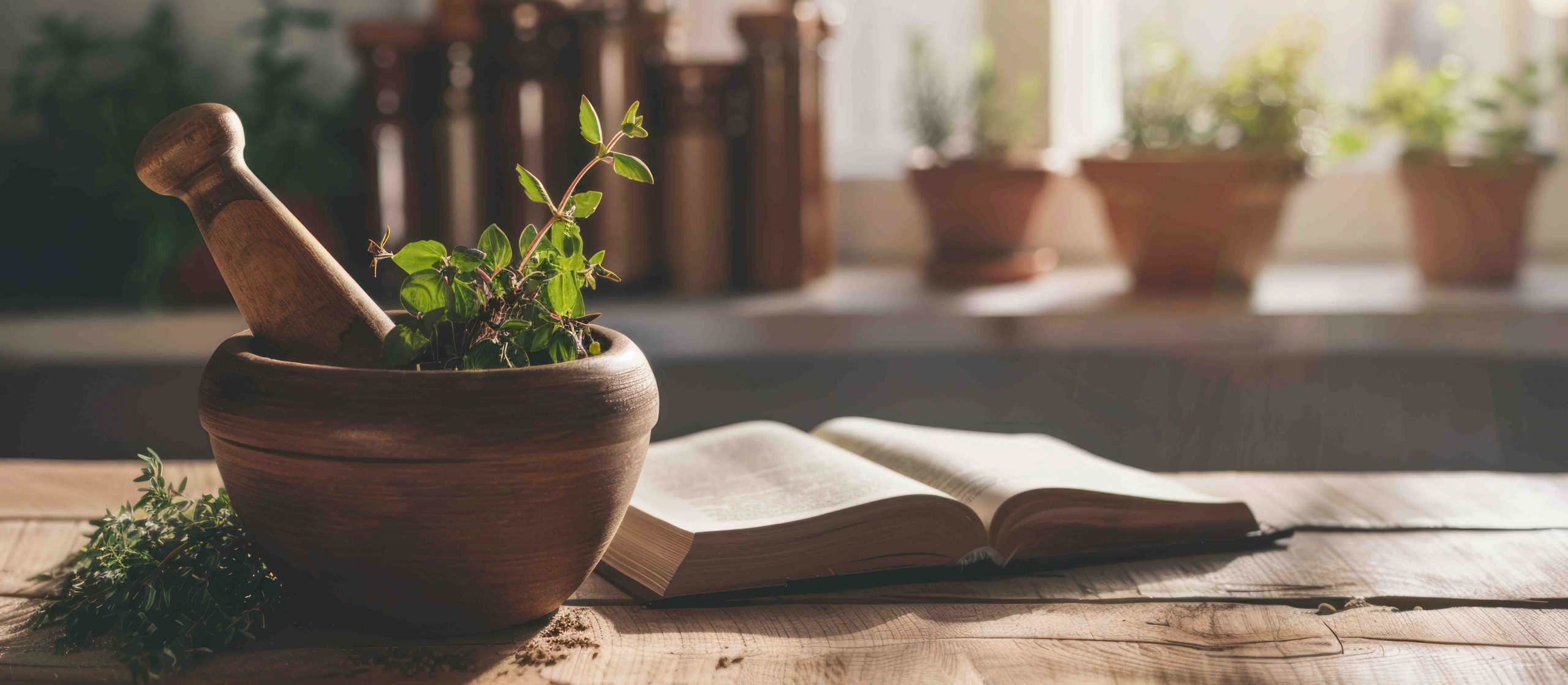
Sri Lanka’s Unique Contribution
The island’s Ayurvedic tradition stands distinct from its Indian roots. Sri Lankan practitioners have developed unique treatments using endemic plants found in the island’s diverse ecosystems. The country’s traditional pharmacopoeia includes over 2,000 medicinal plants, many of which are still being studied by modern scientists.
Beyond the Tourist Massage
First-time visitors to Sri Lanka often encounter Ayurveda through hotel spa menus, but authentic treatment goes far deeper. Traditional Ayurvedic centers, known as ‘asapuwa,’ begin with a consultation that can last several hours. Here, a qualified practitioner reads your pulse, examines your tongue and eyes, and asks detailed questions about your lifestyle, sleep patterns, and dietary habits. This careful diagnosis determines your unique constitution, or ‘dosha,’ which guides all subsequent treatments.
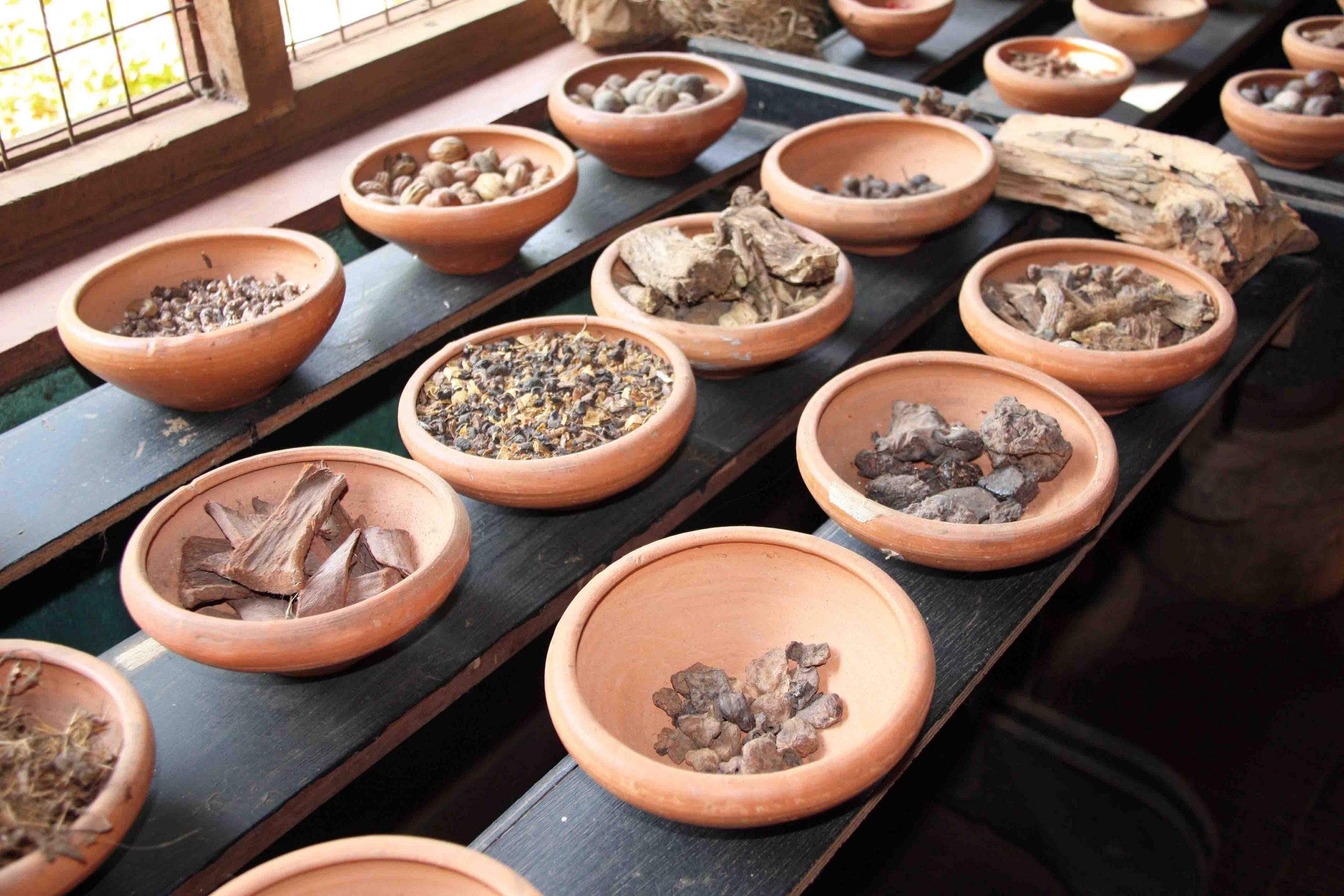
Choosing an Authentic Center
The rise of wellness tourism has led to a proliferation of places claiming to offer Ayurvedic treatments. True centers can be identified by several key factors. Look for places where the head physician comes from a traditional practitioner family and holds formal qualifications from recognized institutions like the University of Colombo’s Institute of Indigenous Medicine. Authentic centers prepare their own medicines using fresh herbs, often maintaining their own medicinal gardens.
The Treatment Journey
Traditional Ayurvedic treatment is a commitment. While tourists often seek single treatments, genuine therapy typically requires at least two weeks. The process begins gently, with preliminary treatments to prepare your body. Herbs are carefully selected based on your constitution, and treatments progress in a specific sequence. Diet plays a crucial role – expect simple, freshly prepared meals tailored to your dosha and treatment plan.
Understanding the Seasons
In Sri Lanka, traditional Ayurveda follows natural rhythms. The best time for intensive treatments is during the monsoon season (May to July on the west coast, October to January in the east). The cool, moist air supports the body’s healing process. However, certain treatments are specifically designed for different seasons, and a good practitioner will adjust recommendations accordingly.
Regional Specialties
Different regions of Sri Lanka have developed their own Ayurvedic specialties. The southern coastal belt is known for treatments addressing joint and bone issues, using local medicinal plants that thrive in the salt air. The central hills specialize in respiratory treatments, while the dry zone has developed expertise in skin conditions.
For the Serious Seeker
If you’re considering a deep dive into Ayurvedic treatment:
- Plan for a minimum two-week stay
- Research centers thoroughly – ask for practitioner credentials
- Book consultations at multiple centers before committing
- Understand that authentic treatment requires lifestyle changes
- Be prepared for early mornings and regulated daily routines
- Accept that some treatments may be challenging or uncomfortable
Red Flags to Watch For
Be wary of centers that:
- Offer “quick fix” treatments
- Use pre-packaged products rather than fresh preparations
- Cannot explain the reasoning behind their treatment choices
- Lack proper medical supervision
- Promise instant results
- Don’t require an initial consultation
The Middle Path
For those unable to commit to extended treatment, there are still ways to experience authentic Ayurveda:
- Book a traditional consultation to understand your constitution
- Learn about dietary recommendations for your body type
- Take a cooking class focused on Ayurvedic principles
- Visit medicinal gardens to understand the plants used
- Participate in guided meditation or yoga sessions based on Ayurvedic principles
Looking Forward
While Sri Lanka works to preserve its Ayurvedic heritage, the system is also evolving. Leading practitioners are conducting research, documenting traditional knowledge, and finding ways to make ancient wisdom relevant to modern life. The key is finding balance – between tradition and innovation, between tourist-friendly offerings and authentic practice.
Essential Travel Tips
- Book treatments well in advance, especially during monsoon season
- Be completely honest during consultations
- Follow dietary guidelines strictly during treatment
- Stay hydrated and rest adequately
- Keep a treatment diary
- Be patient – true healing takes time
Remember: Authentic Ayurveda is not a luxury spa experience but a journey toward balanced health. While quick fixes might appeal to busy travelers, the real benefits come from embracing the system’s holistic approach to wellness. Whether you choose a full treatment course or simply wish to learn about this ancient healing tradition, approach it with an open mind and respect for its deep roots in Sri Lankan culture.
Please drop us a note at: info@pearl-of-the-indian-ocean.com
